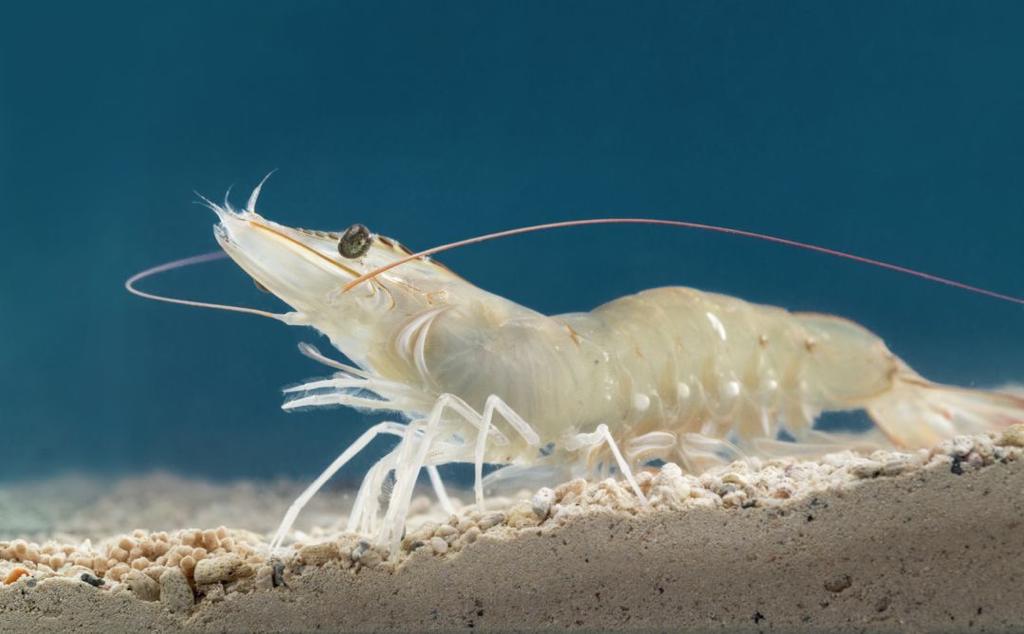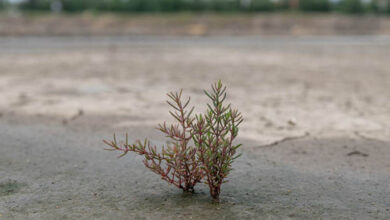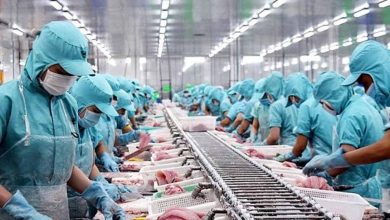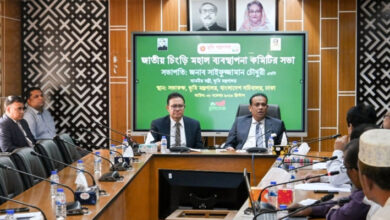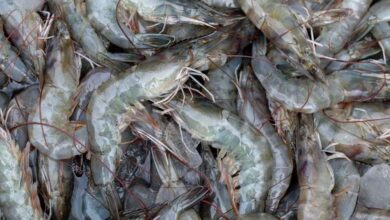Vannamei shrimp or Pacific white shrimps are a marine species, though they have been domesticated with years of research and being grown in brackish water settings now. Among fishery products, Vannamei shrimp cultivation now has a significant economic value. It has grown a popularity among farmers since it was originally introduced in the US state of Hawaii.
This is so that the shrimp, Litopenaeus Vannamei in Latin, can swiftly adjust to its surroundings and has excellent environmental resistance. Additionally, the market’s demand for Vannamei shrimp keeps rising. Many people want to start raising it, but many are unsure of where to begin. Before beginning, there are numerous preparations and factors that you must take into account. This article will be helpful for them.
Preparatory Stage for Vannamei shrimp cultivation:
1. Pond preparation:
The pond needs to be clear, dry, and free of any dangerous microorganisms, such as bacteria, viruses, etc., that could impair aquaculture operations. The newly constructed and excavated ponds bottoms are treated with a heavy dosage of lime powder—roughly 400–500 kg/hectare. The old pond bottom is let to dry after harvesting to remove any potential disease sources. In order to get rid of the toxic gases that are present in the soil, the black soils should be removed, and then the pond bottom is extensively ploughed at a depth of 30 cm. Either dolomite, quick lime, and agricultural lime are suggested to treat the bottom according to the area of the pond.
2. Pond water preparation:
Up to a depth of 3–4 feet, brackish water is pumped into the pond and purified using sophisticated filtration equipment. For one week, the water is exposed to a 20–30 ppm chlorine treatment. Before stocking, the pond water should also be treated with minerals and probiotic yeasts.
Throughout the culture period, the water level should be kept at a depth of 1-1.3 m by pumping water into the pond from surrounding creeks. The pond culture can employs seawater that has been filtered through sand to which activated carbon has been added.
Cultivation Stage:
1. Selection and Stocking of Vannamei shrimp Seeds:
The key to successful vannamei shrimp cultivation is the choice of fry. The perfect fry should be resistant to and devoid of illness.
- Body length > 10 mm,
- Size variation 1,
- Vivid color pigment, and
- Active swimming spread are additional requirements that must be satisfied.
Acclimatization is necessary before the fry are stocked in order to hasten their transition from the bag water medium to the pond water habitat. Additionally, by avoiding stress on the fry at this stage, the mortality rate during stocking is decreased.
Numerous advantages of having an ideal stocking density in an aquaculture system include increased growth, survival, and productivity as well as enhanced general health and reduced stress. Shrimp growth performance is decreased due to increased total ammonia, nitrate, and total phosphorus caused by higher stocking densities. The 10, 25, and 40 ind. m-2 stocking density had the best shrimp survival rates (79–94%) for both short (75 days) and long (150 days) cycle lengths.
2. Feeding Management:
Management of the shrimp feed is a step taken to maximize the benefits and assist good cultivation. All farms use commercial pellets that have been specially designed for routine feeding. Most people combine broadcasting and check-tray feeding techniques, periodically modifying the levels in accordance with their observations. According to the advice of each feed company, they are often fed four times every day.
3. Water Quality Management
Farmers must undertake proper water quality management and maintain it as long as vannamei shrimp are being grown.
Seawater with a salt level exceeding 15 ppt is used to cultivate vannamei, and it needs to be changed every 60 days. pH, DO, temperature, brightness, total vibrio count, alkalinity, salinity, and the kind and quantity of plankton are among the factors used for assessing water quality.
4. Treatment
Farmers must undertake proper water quality management and maintain it as long as vannamei shrimp are being grown. Probiotics, minerals, zeolites, ammonia reducers, dissolved oxygen (DO) enhancers, and disinfectants are frequently utilized after stocking. With an increase in culture days and feeding dose rate, the silt at the pond bottom grows darker. Applying sludge-digesting probiotic supplements reduces the amount of sludge formation. Along with pellet meal, numerous feed supplements are used to promote growth, prevent loose or soft shells, prevent illnesses, etc.
5. Harvesting of Vannamei Shrimp
The final step, harvesting is main to find out of total profit from the culture. Most ponds use drag nets to catch vannamei shrimp from the pond. After being thoroughly washed in fresh water, the captured shrimp are placed in trays with ice.
Farhana Islam
Agriculturist, Researcher

